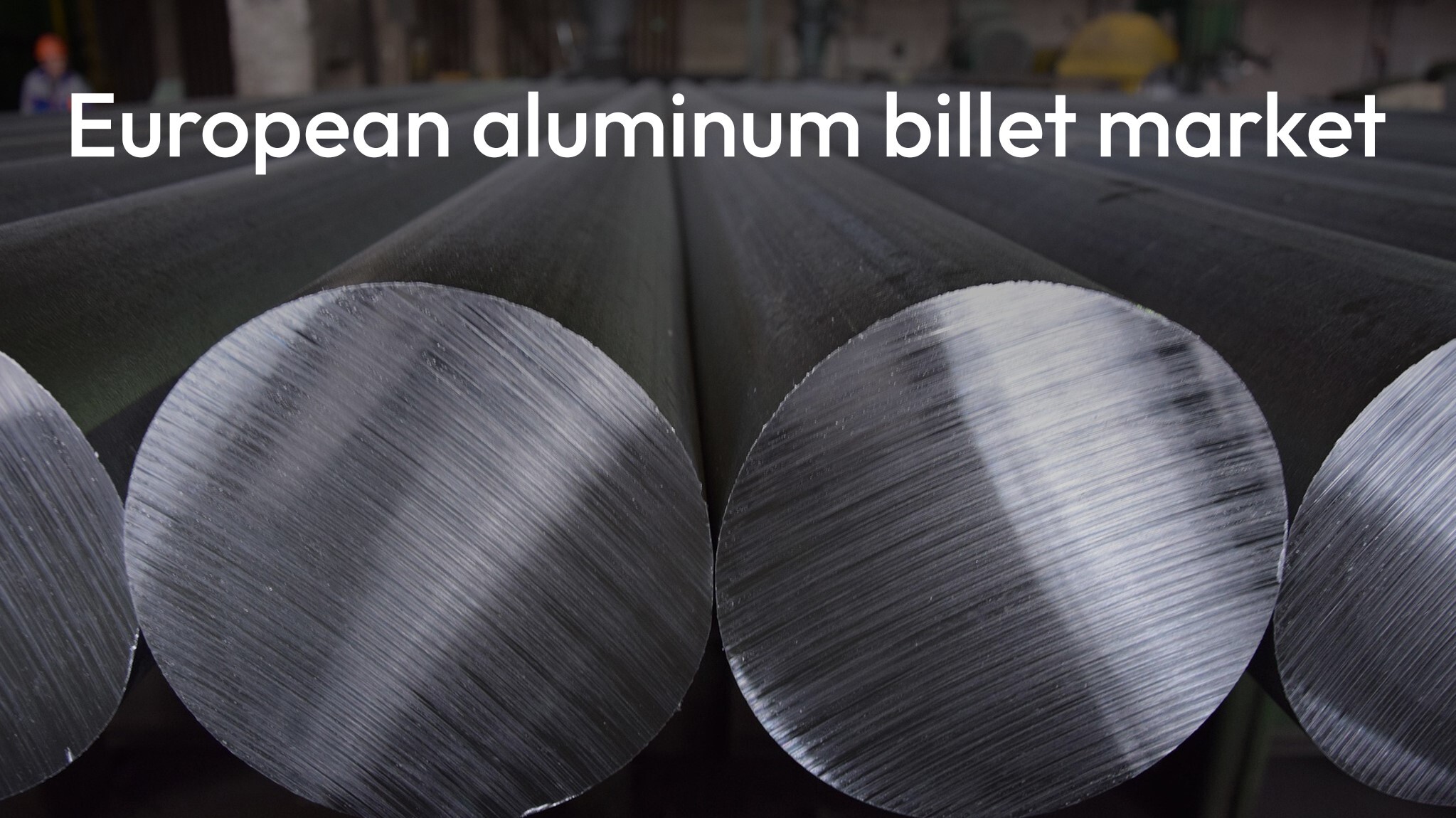

European aluminium billet market is beginning its new calendar year, keeping a cautious look over its shoulder, as demand remains sluggish amid hidebound buying practices, while production cuts intend to leave the supply chain vulnerable to sudden fluctuations.

Platts, part of S&P Global Commodity Insights, has publicised that the European aluminium 6060/6063 billet premium at London Metal Exchange (LME) cash plus $555 per tonne DDP Germany January 10, on net 30-day payment spans, up 46 per cent Y-o-Y, but contemplating a 12 per cent decline from 2024’s peak of $630 per tonne DDP (Delivery Duty Paid) in late August owing to softer demand.
The Italian premium was evaluated at LME cash plus $555 per tonne DDP on January 10 for net 60-day payment terms, ascending 48 per cent year-on-year but similarly declining 11 per cent from a 2024 peak of $625 per cent DDP in July.
speed breakers in production and supply
European secondary aluminium production houses are lacerating billet production amid high input scrap and ingot expenses. Producers have further discussed additional cuts, which could aid in upholding premiums in the near term, sources say.
According to International Aluminium Institute (IAI) data, the European aluminium industry has steadily declined across the past decade, with Western and Central European primary aluminium production deflating 25.5 per cent from 2010 (production during this year was 3.8 million tonnes) to 2.83 million tonnes in 2024. Meanwhile, primary aluminium production in Russia and Eastern Europe only fell 5.57 per cent (production during calendar year 2024 was 4.16 million tonnes) from 4.25 million tonnes produced in 2010, IAI data showed.
From 2020 to YTD November 2024, the EU’s imports of bars, rods, and profiles, primarily extruded from aluminium billets, have consistently exceeded their exports, reflecting a trade deficit in this category. Import volumes rose sharply in 2021, increasing from approximately 396,778 tonnes in 2020 to 488,064 tonnes, a 23 per cent year-on-year (Y-o-Y) growth. Imports peaked in 2022 at 553,081 tonnes, showcasing a further 13 per cent increase. However, there was a decline in 2023 to 446,566 tonnes (-19 per cent), followed by a continued decrease to 369,245 tonnes YTD November 2024, showing a downward trend after the 2022 peak.
 Events
Events
 e-Magazines
e-Magazines
 Reports
Reports



Responses






